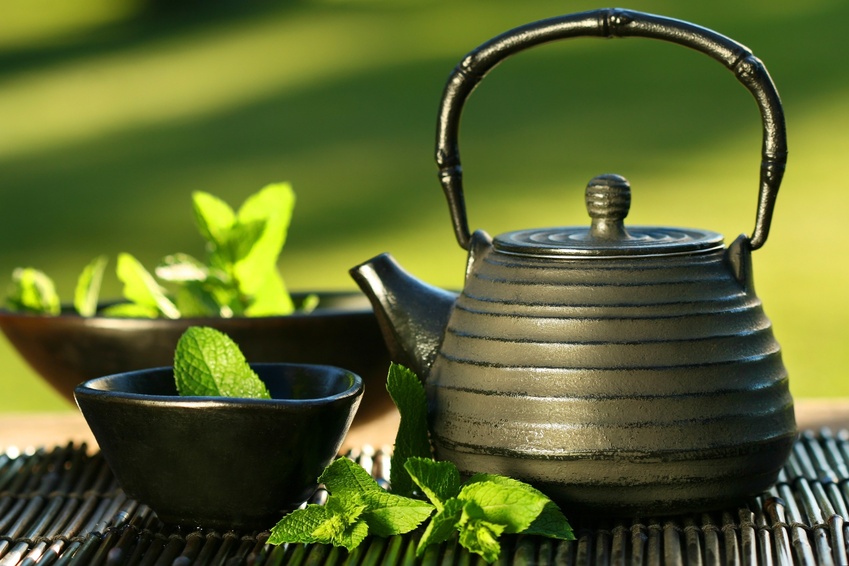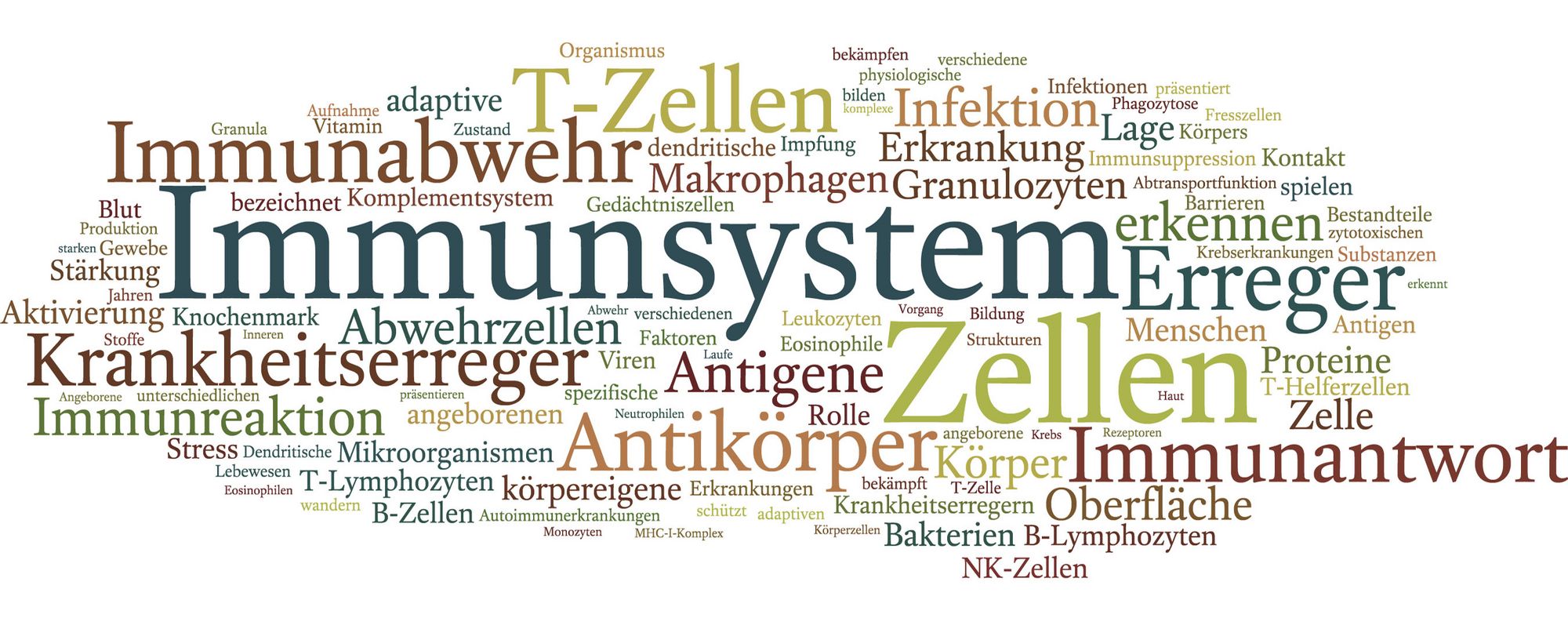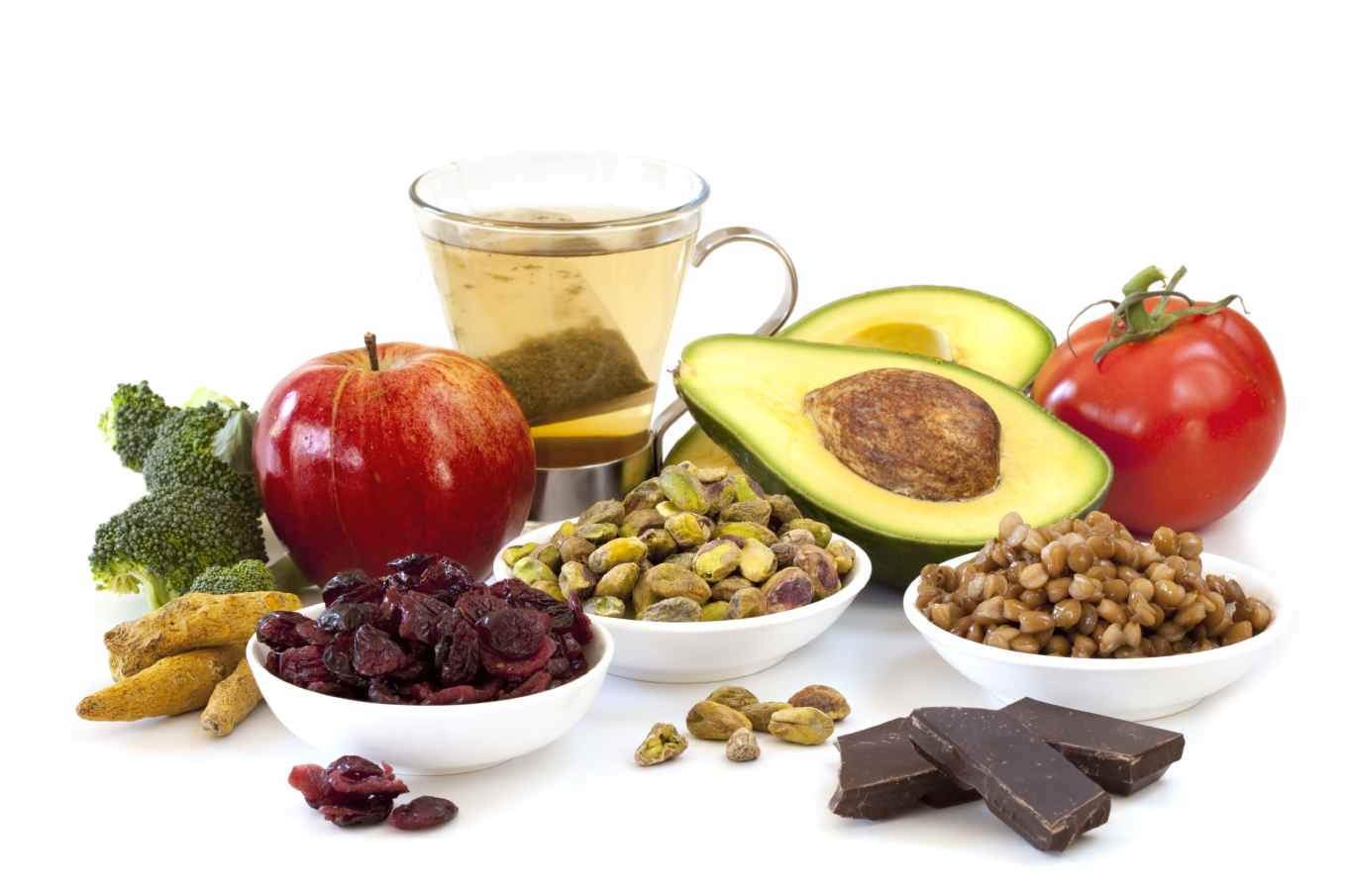Effects of Green Tea on Sports Performance

Sports nutrition: the effects of green tea on sports performance
The health benefits of green tea and the implications for endurance athletes


What is green tea?
All tea is made from the leaves of a plant called ‘Camellia Sinensis’. Although most of the tea consumed in the West is black tea, there are actually two main types, depending on the manufacturing process used (see figure 1):
- Non-fermented green tea, produced by drying and steaming the fresh leaves to deactivate anenzyme called polyphenol oxidase. Inactivation of this enzyme helps prevent the oxidation (via a process known as fermentation) of some of the key compounds in tea associated with health;
- Fermented black (and red) tea, which undergoes a full post-harvest fermentation stage before drying and steaming. This fermentation leads to greatly increased oxidation and a subsequent reduction in the final concentration of some the key health-giving compounds described below.
Although both black and green tea have been researched for their health benefits, it’s green tea that is of most interest to scientists. This is because green tea contains significantly higher levels of naturally occurring powerful antioxidants called ‘flavenoids’. There are many different types of flavenoids in the plant kingdom; in green tea however, the main flavenoids are ‘catechins’ of which four are present in high concentrations(2):
- epigallocatechin-3-gallate (EGCG) – approximately 59% of the total of catechin content;
- epigallocatechin (EGC) – approximately 19% of total;
- epicatechin-3-gallate (ECG) – approximately 13% of total;
- epicatechin (EC) – approximately 6.4% of total.
The exact content and ratio of catechins depends on the way the tea is processed, but the important points are that first, it is these catechins that scientists now believe are the compounds responsible for the main health benefits of green tea, and second (as figure 2 shows), all of these compounds (especially ECGC) are much more abundant in green tea than in black.


Green tea health benefits
Green tea has been considered a medicine and a healthful beverage since ancient times. In Chinese medicine, green tea is often recommended for headaches, aches and pains, digestion, depression, detoxification, as an energiser and to prolong life in general. Although there are other components in green tea that are believed to be beneficial for human health, it’s the catechins that are currently attracting most attention.
One area of interest is the role of green tea compounds as powerful antioxidants. Antioxidant compounds help to reduce the damage to cells in the body at the molecular level, which unavoidably occurs as a consequence of normal aerobic metabolism. For example, studies have shown that 1-6 cups of green tea per day can increase the antioxidant capacity of the bloodstream and reduce the damage to cell lipids and DNA(4-7).
Moreover, animal studies have shown that green tea inhibits the formation of cancers of the skin, lung, mouth, oesophagus, stomach, liver, kidney and prostate (8-11). In particular, EGCG from green tea seems to inhibit the growth of cancer cells(12,13), and scientists have also observed that green tea catechins reduce the proliferation of breast cancer cells in vitro and decrease breast tumour growth in rodents(14).
The health benefits don’t stop there; regular green tea consumption is also believed to enhance cardiovascular health and reduce the risk of high blood pressure (hypertension). For example, a Chinese study concluded that habitual moderate strength green tea consumption (around 120ml per day or more) for one year significantly reduced the risk of developing hypertension(15). Meanwhile, a large Japanese study looked at 512 coronary patients who consumed green tea and concluded that it was protective against coronary atherosclerosis when 2-3 cups a day were consumed, with maximum protection provided by 4 or more cups a day(16).
Green tea and body weight
Another fertile area of green tea research has been on its effects on fat oxidation and body weight, and that’s where things begin to get interesting for athletic performance. Initially, researchers were interested in whether green tea catechins could (as anecdotal reports had suggested) help with fat loss in obese individuals, thereby improving health and reducing the risk of cardiovascular disease.
A number of studies have since provided some evidence for this effect. In particular, some studies have indicated that the combination of green tea catechins and caffeine (found in all types of tea) produces a ‘thermogenic effect’, boosting the rate at which calories are burned at rest and also increasing the rate of fat oxidation(17,18).
Although more research is currently underway, evidence for a significant fat-loss effect in humans produced by green tea consumption alone remains patchy at best. Some research has suggested that an inverse relationship exists between regular green tea consumption and body fat percentage among subjects who have maintained the habit of green tea consumption for more than ten years(19). In other words, higher green tea consumption is associated with lower levels of body fat! However, like many epidemiological studies on nutrition, it’s not easy to pin down strict cause and effect due to the many confounding variables, such as lifestyle, exercise patterns and other nutritional habits.
Green tea extract and exercise
One of the problems of determining whether green tea consumption really can help improve fat burning is that the catechin content of green tea can vary dramatically according to where the tea plant is grown, how the raw tea is processed into green tea and then how that is actually used to make the tea beverage. For example, studies have shown that the type of green tea used (eg blended, decaffeinated, instant, etc), the amount of the product used, the brew time and the water temperature all significantly affect the catechin content of the resulting beverage(20). This makes it very hard to compare like with like in a properly controlled scientific study.
In recent years, however, scientists have started to study the effects of green tea catechins by using standardised extracts of green tea commonly referred to as ‘green tea extract’ or GTE for short. Most GTEs are formulated to contain a standard amount of the most abundant and biologically active of the green tea catechins – EGCG. And when you look at studies using GTE, the results are both promising and fascinating.
Initial studies with GTE looked at the effect on metabolism and exercise performance during treadmill running in mice. For example, in a 2005 study carried out by Japanese scientists, 50 weight and age-matched mice were divided into five groups of ten mice each and then performed treadmill running(21). The treatment given to each group was as follows:
- a low-fat diet and not exercised (LF);
- a high-fat diet and not exercised (HF);
- a high-fat diet supplemented with GTE and not exercised (GTE-HF);
- a high-fat diet and exercised regularly (EX-HF);
- a high-fat diet supplemented with GTE and exercised regularly (GTEEX-HF).
The results showed that (as might be expected), regular exercise alone produced a 24% reduction in body weight gain induced by the high-fat diet/no exercise (HF). However, GTE alone (GTE-HF) reduced the weight gain by 47% and a combination of GTE and exercise (GTEEX-HF) resulted in an 89% reduction! Another key finding was that the mice that exercised and had GTE burned more fat during their treadmill running than mice who ran without GTE.
The same research group also looked at the effect of GTE on swimming endurance in mice, as well as effects on metabolism(22). They found that when mice were fed GTE, swimming times to exhaustion were prolonged by 8-24% compared to controls, who were not fed GTE. Moreover, the effects were dose-dependent – ie the higher the intake of GTE, the longer the mice could swim. And crucially, they found that GTE-fed mice produced a greater proportion of their energy from fat burning and had lower levels oflactate in the blood after exercise. Intriguingly, studies on mice have also shown that when GTE is consumed over a longer period of time, the normal age-related decline in endurance performance can be partly ameliorated, and that genes in muscle cells involved in fat burning during exercise become more active, boosting performance(23).
GTE and human performance
Animal studies are all very well, but could these findings of body fat reduction, enhanced fat oxidation during exercise and increased endurance with GTE also apply to humans? And if so, are there performance gains to be had by sportsmen and women? Although this is a new area of research, the results from studies so far look very promising indeed.
As indicated above, one of the earliest studies on GTE supplementation in humans back in 1999 found that GTE produced a thermogenic effect and increased fat oxidation at rest beyond that explained by the caffeine content alone (caffeine can also increase fat oxidation to a limited degree)(17). Following this early study, GTE research in humans fell off the radar for a while. However, two very recent studies provide support for the fat-burning effect of GTE.
In a large US study carried out last year, scientists studied the effects of GTE on body composition and fat distribution in 132 overweight and obese adults during exercise-induced weight loss(24). The subjects were asked to maintain constant energy intake and engage in at least three hours a week of moderate intensity exercise, including three or more supervised sessions per week. After 12 weeks, those subjects taking GTE lost significantly more abdominal fat compared to the control group who weren’t. This is important because it’s abdominal fat that is particularly associated with increased health risks such as heart disease in overweight people.
Meanwhile, scientists at the University of Birmingham in the UK studied the effects of GTE supplementation (containing 366mgs of EGCG per day) in 12 healthy men who performed 30 minutes of cycling exercise at 60% of maximal oxygen consumption (VO2max) before and then again 24 hours after GTE supplementation(25). The results were dramatic; compared to a control group who took an inertplacebo, those taking GTE increased their fat burning rates by an average of 17% (see figure 3).

What’s especially intriguing about the Birmingham study is that the contribution of fat oxidation to total energy expenditure following GTE supplementation was also significantly higher by a similar percentage, indicating that this extra fat oxidation induced by GTE was helping to fuel the exercise. This is potentially very important; if an athlete can derive more of his or her energy from fat burning during an endurance event, fewer demands are placed on the premium energy supply for intense exercise – stored muscle carbohydrate (glycogen) – which could in turn prolong endurance during longer events.
At the time of writing, another study on the effects of GTE supplementation on fat burning during exercise (cycling) is currently under way at the University of Glasgow. The data are yet to be published, so it’s not possible to divulge the exact results so far here. However, the initial findings have quite frankly astonished the researchers involved and if subsequently confirmed, they look set to make waves in the sports nutrition world and elevate the profile of GTE as a potential supplement for endurance athletes.
References
1. Journal of the American College of Nutrition, Vol. 25, No. 2, 79–99, 2006
2. J Am Coll Nutr 21:1–13, 2002
3. J Agric Food Chem 51:4427–4435, 2003
4. J Nutr 133:3275–3284, 2003
5. Nutr Cancer 45:226–235, 2003
6. Crit Rev Food Sci Nutr 43:89–143, 2003
7. Br J Nutr 91:873–881, 2004
8. Cancer Causes Control 9:209–216, 1998
9. Am J Epidemiol 151:377–383, 2000
10. J Pharmacol Exp Ther 301:230–236, 2003
11. Cancer Chemother Pharmacol 55:33–38, 2005
12. Mol Pharmacol 52:467–472, 1997
13. ‘Phytochemicals as Bioactive Agents.’ Lancaster: Technomic, pp 131–150, 2000
14. Drugs 6:1073–1078, 2003
15. Arch Intern Med 164:1534–1540, 2004
16. Ann Epidemiol 10:401–408, 2000
17. Am J Clin Nutr 70: 1040–1045, 1999
18. Int J Obes Relat Metab Disord 24:252–258, 2000
19. Obes Res 11:1088–1095, 2003a
20. Cancer Epidemiol Biomarkers Prev 9:727–731, 2000
21. Med Sci Sports Exerc. 37(11):1884-92, 2005
22. Am J Physiol Regul Integr Comp Physiol 288: R708-R715, 2005
23. Am J Physiol Regul Integr Comp Physiol. 295(1):R281-9, 2008
24. J Nutr. 139(2):264-70, 2009
25. Am J Clin Nutr. 87(3):778-84, 2008
Related Posts











No Comment